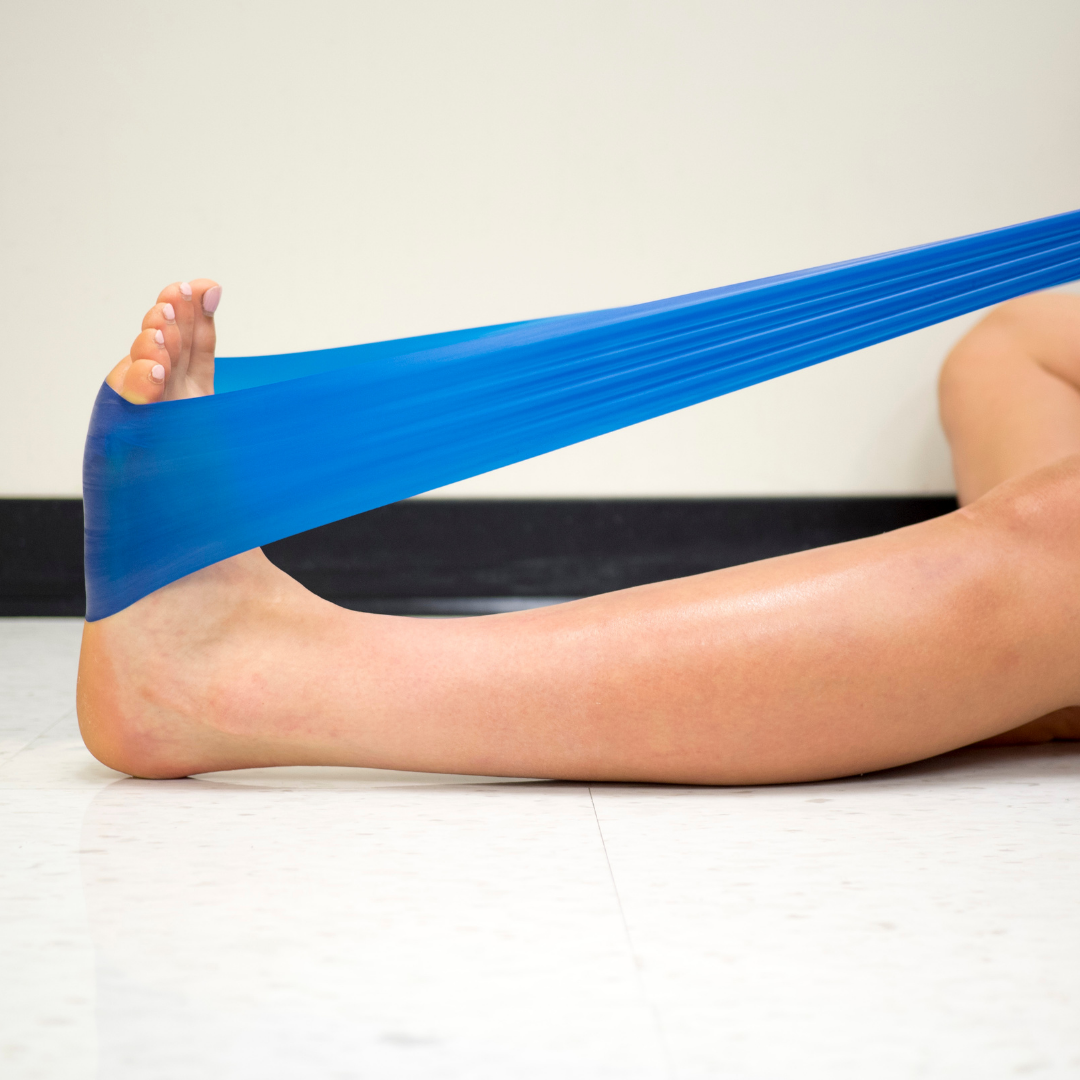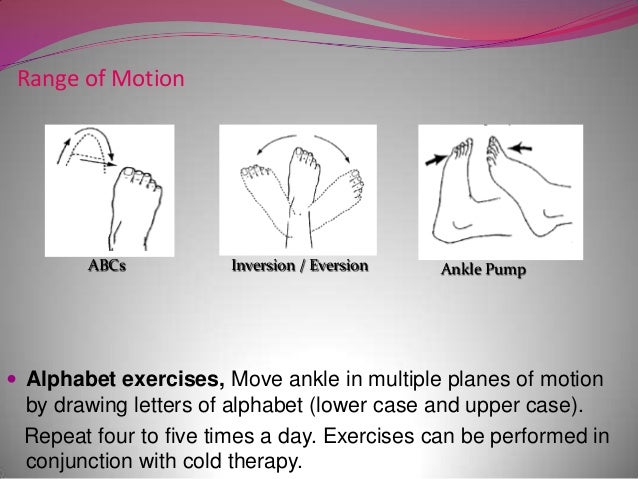


Results: There was no findings between the early- and late-mobilization groups at the end of this study. During this test the participants performed four practice trials and then three analysis trials in which reach distance was measured in centimeters and normalized to the participants leg length. Lastly, the star excursion balance test (SEBT-AR) was used to measure dynamic postural control. The researchers also calculated the means and standard deviations for the anterior-posterior and medial-lateral directions with the TTB calculations. These are used to help quantify a participant’s baseline, pre-intervention, and post-intervention balance capabilities. TTB values are basically changes in foot COP force values that are then broken down into sagittal and frontal plane vectors. The static postural control measure focused on Time To Boundary (TTB) calculations, which are based off of changes in participants’ foot Center of Pressure (COP) values while standing on the force plate. Single-limb stance with eyes open and closed was used to assess static postural control while standing on a force plate for 10-seconds. The participants foot was moved posterior, away from the wall, in 1cm increments until the patella could not be maintained on the wall while the same heel sustained contact with the floor. DROM was measured using weight-bearing lunge technique (WBLT), in which the patient was placed into a lunge position with the patella touching the wall. Main Outcome Measure(s): Patient reported outcome (PRO) measures included the Disablement in the Physically Active Scale (DPA), Foot and Ankle Ability Measure (FAAM) Activities of Daily Living (FAAM-ADL) and Sport (FAAM-Sport) subscales, and the Fear Avoidance Belief Questionnaire (FABQ). Between each set of Maitland AP mobilizations there was a 1-minute rest break. Second, four 2-minute sessions of Maitland (grade III) AP joint mobilizations were performed. First a 1-minute session of talocrural joint traction was applied to each ankle. Ankle talocrural anterior-posterior (AP) joint mobilizations were performed over the same 4-week period with either early implementation (first 2 weeks) or late implementation (last 2 weeks).

These stretches were performed once daily via a descriptive home exercise program (HEP) with the parameters 3 x 30 seconds hold for each stretch. Intervention(s): Static calf stretching was utilized daily for 4 weeks to address the soleus and gastrocnemius muscles. Demographic information included age of 24.4 ± 4.7years, height 172.1 ± 11.3 cm and weight 76.2 ± 17.1 kg. Patients or Other Participants: Ten subjects (5 men, 5 women) voluntarily presented for the study. Objective: The main focus of this study was to research the effect of talocrural joint dorsal mobilization and static calf stretching on dorsiflexion range of motion (DROM), health related quality of life reports (HRQL), and static and dynamic postural control via the star reach task.ĭesign: A randomized, non-control group, two-group pretest-posttest design. There is also a need to investigate the amount of time in which these interventions should be utilized in order to experience the positive gains desired. Further research is needed to determine if one or both interventions are necessary for positive improvement.
Ankle range of motion manual#
Numerous studies have touted both calf stretching and manual therapy as ways to improve on all limitations and impairments. Often ankle sprains evolve into chronic ankle instability (CAI) with long lasting negative effects on ankle range of motion (ROM), function, and quality of life. 2019 23(1): 194-201.Ībstracted by : Ryan Lasley PT, MPT, AT/L, COMT, NASM-CES/PES, Phoenix, AZ – Fellowship Candidate, IAOM-US Fellowship Program & Jean-Michel Brismée, PT, ScD, Fellowship Director, IAOM-US Fellowship program.Ĭontext: Ankle sprains are prevalent in society and can be simple or complex in severity.

Joint mobilization and static stretching for individuals with chronic ankle instability : A pilot study. Reference : Feldbrugge CM, Pathoomvanh MM, Powden CJ, Hoch MC.


 0 kommentar(er)
0 kommentar(er)
